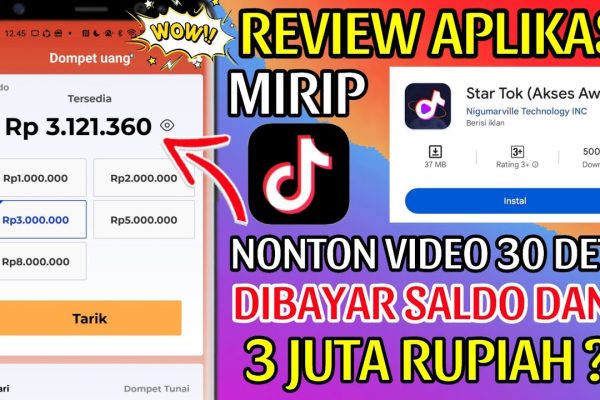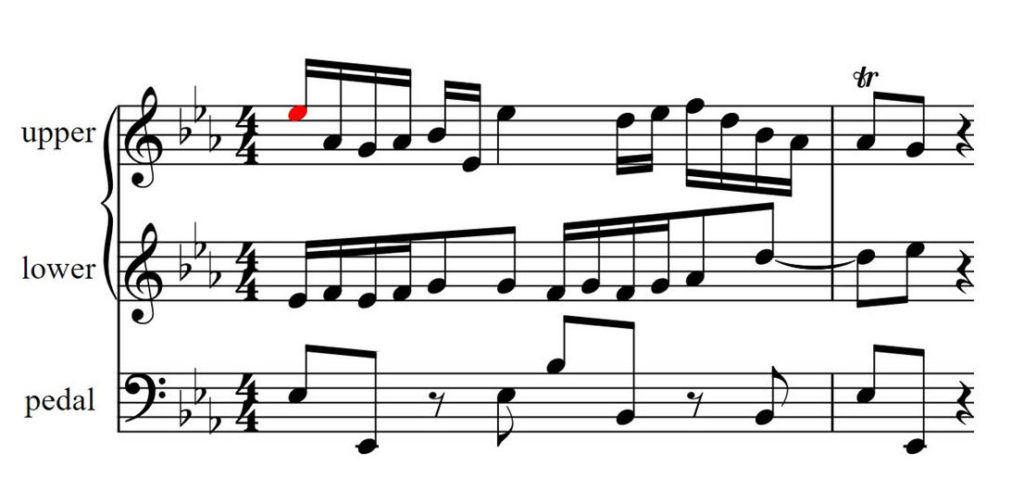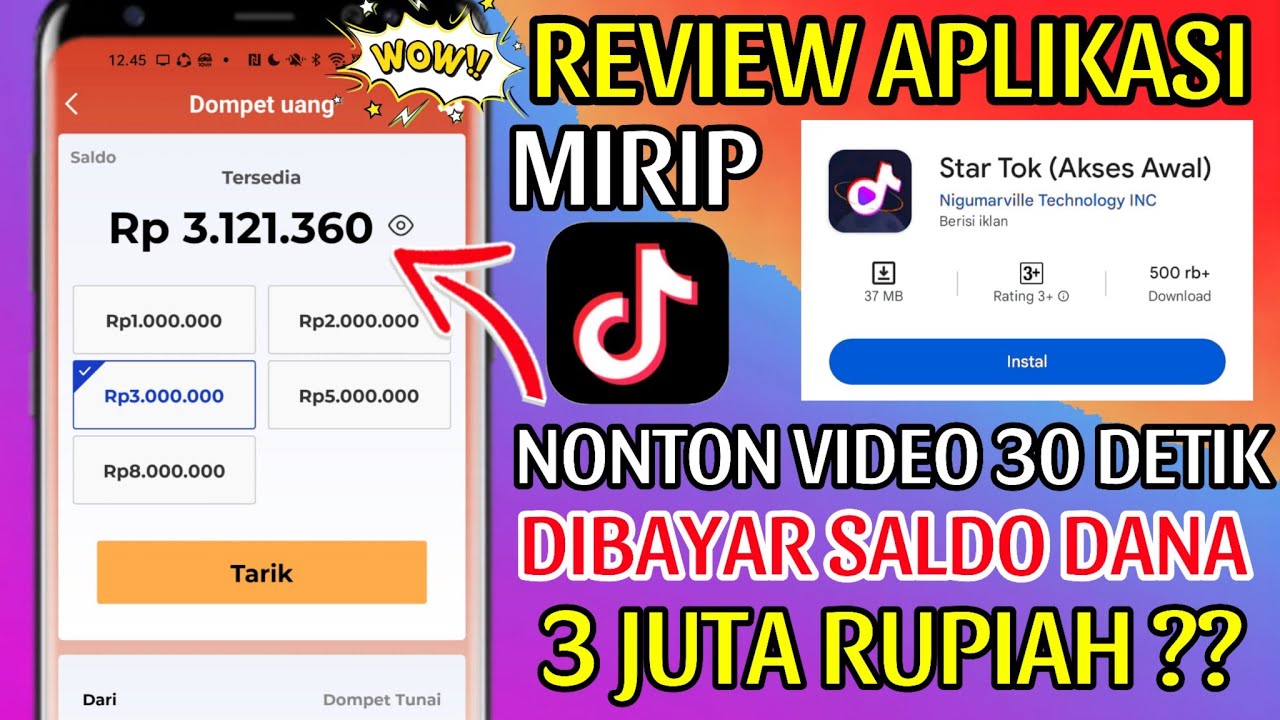
Musical Score Revised sheet music download free in pdf or midi
Understanding music and reading scores can often seem daunting to many, but with a little guidance and practice, it can become a truly rewarding experience. In the world of music, mastering the ability to read sheets allows one to unlock countless pieces of artistry, to communicate with other musicians, and to delve deeper into the emotions each composition holds. Here’s a detailed exploration of how to read music, complemented with visual aids that will enhance your learning journey.
Understanding Music Notation

The first step in reading music is recognizing the fundamentals of music notation. Each note on a staff represents a specific pitch, and the arrangement of these notes conveys rhythm, dynamics, and other performance instructions. Typically, the staff is composed of five lines and four spaces. Notes can occupy any of these lines or spaces, and their position directly correlates to their pitch. Familiarizing oneself with this foundation is crucial, as it opens doors to understanding more complex musical concepts and compositions.
Getting Acquainted with Clefs

Clefs are symbols placed at the beginning of the staff that assign specific pitches to the lines and spaces. The treble clef and bass clef are the most common. The treble clef, used for higher pitches, circles around the second line of the staff, representing the note ‘G’. The bass clef, on the other hand, indicates lower pitches, placing its dots around the fourth line, which represents ‘F’. Becoming familiar with these clefs helps in determining which notes correspond to the respective instruments, whether it be a flute, violin, or a bass guitar.
Recognizing Note Values

Notes vary not only in pitch but also in duration, which is indicated by their shape. Whole notes, half notes, quarter notes, and eighth notes are standard types of notes that dictate how long a sound should be held. A whole note, represented as an open circle, lasts for four beats, while a quarter note, represented as a filled-in oval, lasts for one beat. Learning to read the value of notes is essential for playing music accurately and in time.
Understanding Rhythmic Values

Rhythm gives music its flow and life; without it, a piece of music may sound disorganized or monotonous. Time signatures, represented at the beginning of a piece, indicate the number of beats in a measure and give the performer significant information on the tempo. The most common time signature is 4/4, which means there are four beats per measure. Musicians should also pay attention to rests, which denote silent beats, allowing for a dynamic balance within the music.
Dynamics and Expression

Dynamics refer to the volume of the music, ranging from very soft to very loud. Indicators such as “piano” (soft) and “forte” (loud) guide performers on how to convey the intended emotion of a piece. These dynamics often interact with tempo changes, such as “ritardando” (gradually slowing down) or “accelerando” (speeding up), contributing to the overall character and expressiveness of the music performed.
Utilizing Automatic Transcription

With the advancement of technology, musicians now have access to various tools that can assist in the transcribing process of music. Automatic transcription involves converting audio recordings into written notation, significantly saving time and effort for musicians looking to learn new pieces. Such innovations streamline the learning process, allowing musicians more opportunities to explore different genres and styles without getting bogged down in complex note-taking.
The Joy of Playing Music

One of the most beautiful aspects of music is its power to bring people together. Whether joining a band, attending music classes, or simply strumming along with friends, the ability to read music drastically enhances the collective experience of musicianship. Learning to read music empowers individuals not just to express themselves, but to share that expression with others in a harmonious way.
Continuing Your Musical Journey

Musicality is a lifelong journey, with each step offering new challenges and rewards. The more you delve into the world of reading music, the more you uncover layers of intricacy and beauty that exist within every score. Remember, practice is key; the more you engage with music, the more intuitive reading will become over time, allowing you to focus more on expression and performance rather than simply decoding notes and rhythms.
In conclusion, diving into the world of music notation and its various elements can initially feel overwhelming. However, with perseverance, curiosity, and the right tools, anyone can learn to read music and fully embrace the joys and challenges of musical expression. Each note on the page represents not just a sound, but a world of emotion, culture, and connection waiting to be explored.







